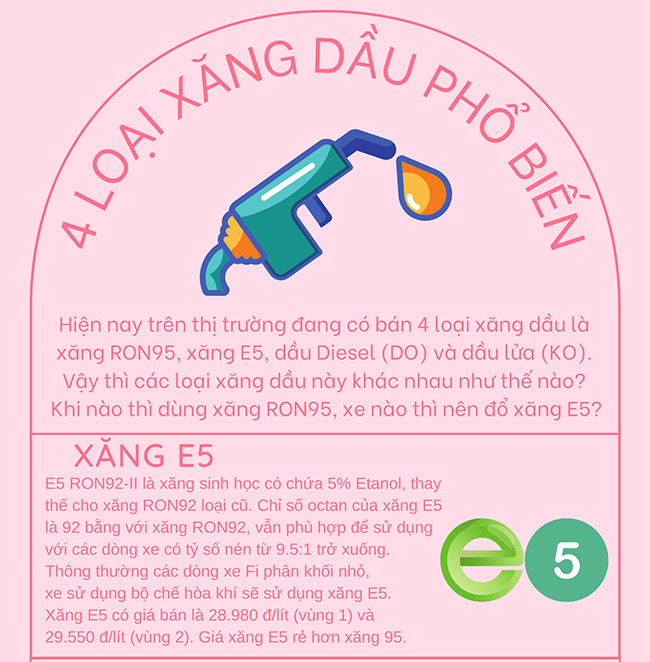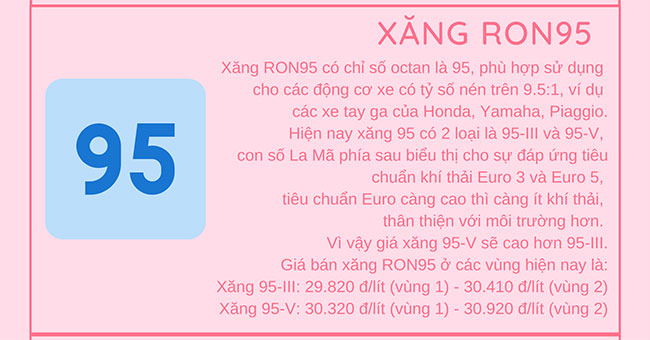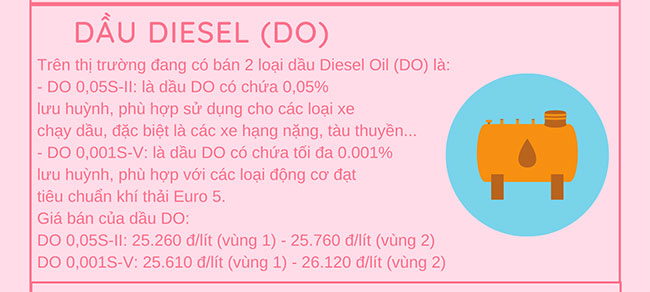Gasoline is no longer a stranger and is still used as the primary fuel source for internal combustion engines. One of the important indicators of gasoline is its anti-knock property (knocking is the phenomenon of combustion occurring before the spark plug ignites the fuel mixture).
Octane Rating (RON – Research Octane Number) is used to evaluate the anti-knock properties of gasoline; the higher this number, the greater the anti-knock capability, and vice versa. Knock-induced combustion can cause vibrations, jerking, rapid overheating, and produces a very unpleasant noise (pinging).
By convention, iso-octane is assigned an octane rating of 100 and is used as a benchmark, while n-heptane has an octane rating of 0.
The Octane Rating (RON) is an important indicator that informs about the anti-knock properties of gasoline, and users should be aware of it to choose the appropriate gasoline for their vehicles.
Currently, there are four types of fuels available on the market: RON95 gasoline, E5 gasoline, Diesel oil (DO), and Kerosene (KO). So, how do these types of fuels differ? Let’s explore.






















































